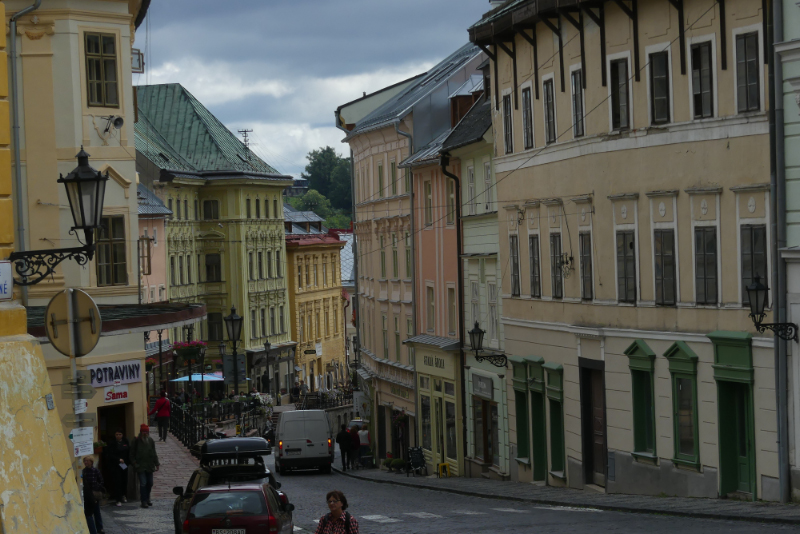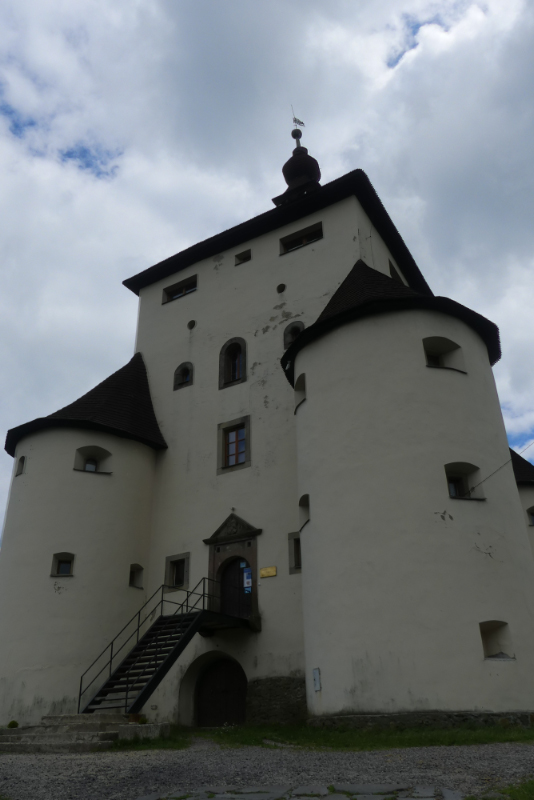Wednesday 12 to Friday 14 July
We chose our next destination Banská Štiavanica based on the tourist blurb of “Handsome Medieval Architecture, riveting insight into Slovakia’s communist past”. We found the town to be a maze of undulating, one way streets. The town is built in an ancient caldera where, over time, the soil had become rich and the forests had grown wild.
It is a completely preserved medieval town, nearly forgotten from progress during the Soviet occupation. Because of their historical value, the town and its surroundings were proclaimed by the UNESCO to be a World Heritage Site on December 11, 1993.
The town is in a rich mining area which had been founded by Celts in the 3rd century BC. To control the wealth of minerals various tribes fought and won rights.
In the High and Late Middle Ages, the town was the main producer of silver and gold in the Kingdom of Hungary. It was subsequently invaded by the Ottomans in the 16th century, ensuring the town had a rich legacy of castles and fortifications. Later in the 16th century it became the center of the Protestant Reformation in the Kingdom of Hungary.
The town was also an innovator in mining techniques such as the use of gunpowder and of water drainage.
We found dinner in a local brew pub. Curiously, they had taken over a former synagogue to expanded their brewing operations. It was an amazing meal with excellent wait service in this rather off the beaten track town.
We climbed the hill to the New Castle and enjoyed the historical museum which described the various battles that involved the town and also Upper Hungary. They showed an interesting map detailing various battles. This is about as far north as the Ottomans reached in the 16th century.
Another attraction to the town Is Kalvária Banská Štiavnica where a complex of churches and chapels are situated near Ostry vrch which was built in the eighteenth century by the Jesuits
We climbed the hill to the Calvary for a wonderful view over the town, however the significance of the Calvary left us a little unawed.
e_header.jpg)






















































